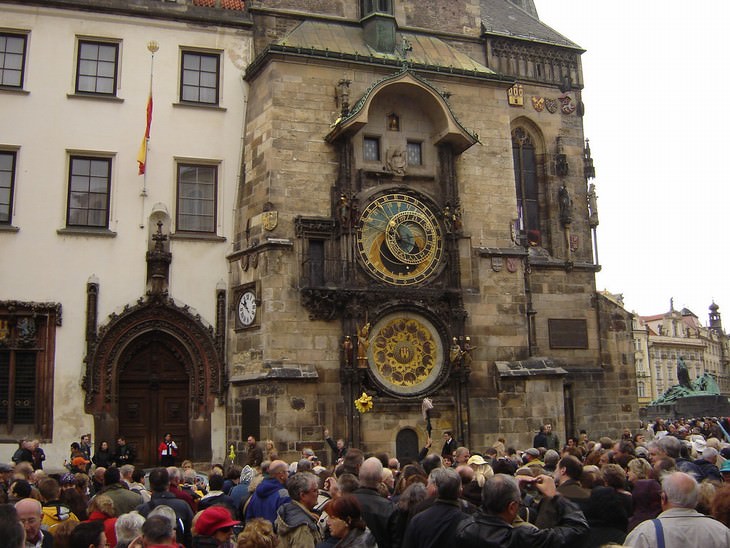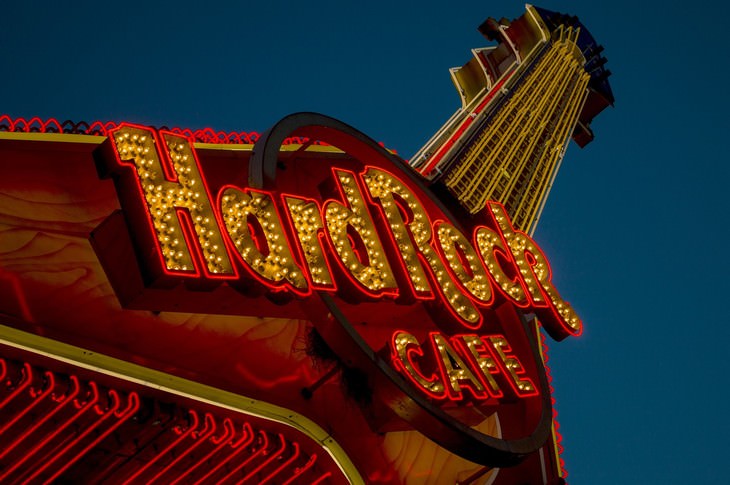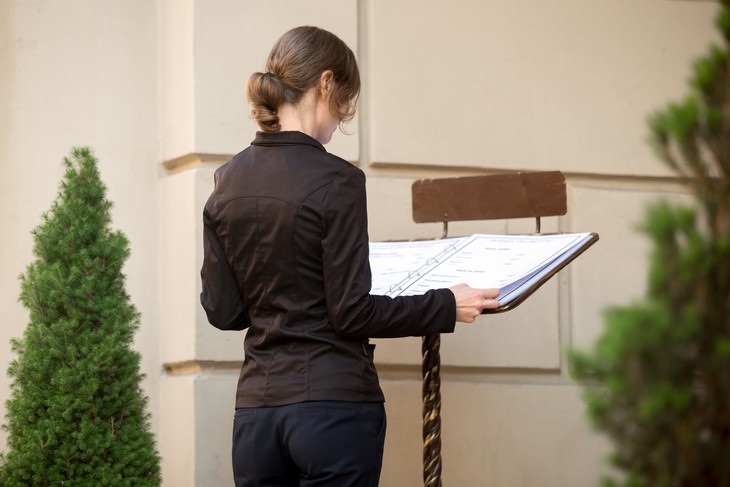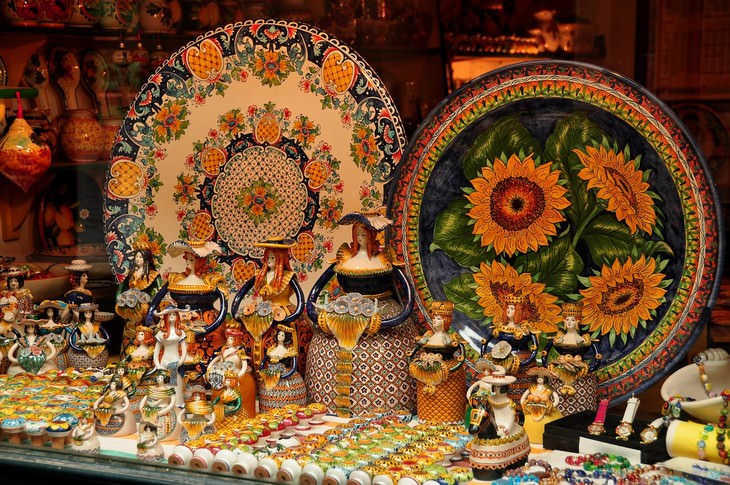1. Avoid overcrowded locations and peak seasons
Travel guides will sometimes advise you to visit a destination during a specific time of the year. For example, some guides will advise you to visit Japan on a specific week in spring because it’s the Sakura blossom season. But this means that at this time, all tourists will want to fly to Japan, which will increase your travel and accommodation costs and practically guarantees crowds of tourists and lines everywhere you go.
The same goes for specific destinations that seem to attract crowds of tourists that can ruin your impression of the sight. Times Square, the Pyramids, and even the Little Mermaid Statue in Copenhagen all have enormous crowds surrounding them at all times. And while we definitely agree that visiting some of these landmarks is worth the hassle, you have to be aware that you will waste a lot of time on them.
2. Explore beyond famous landmarks and locations
It’s often the case that a big tourist destination will be surrounded by a whole infrastructure of overpriced gift shops, cafes, and restaurants that will never be able to provide the authentic experience you’re seeking in a new place. So, if you’re planning to go to a specific museum, monument or even a famous beach and you know it’s in a (typically crowded) touristy area, we recommend you NOT stay for lunch or visit the gift shops nearby, as these will surely be more expensive and possibly of poor quality, too.
And, most importantly, these places are all made specifically for tourists and they don’t reflect the authentic culture and lifestyle. Instead, we recommend you to explore the quieter parts of the city or country and choose to shop and eat with the locals.
3. Avoid a destination or service if it’s heavily advertised
If a hotel you’re staying at has a booklet of suggested attractions, or if you stumble on an ad of an establishment as you’re exploring the city (especially if you’re not in an English-speaking country and it’s in English), take these recommendations with a grain of salt.
The same goes for ads you see online or places that have thousands of Yelp and Tripadvisor reviews. All of these details are red flags that point to these places being too busy or overpriced. If one of these establishments really piqued your interest, you can search for independent reviews on it by searching in on Google that will specify how expensive, busy or actually good the place is.
4. Don’t go to a cafe/restaurant that has a tourist menu or a person inviting you in
Certain restaurants and cafes have dedicated workers whose job is to lure in customers (typically only tourists). These people are called hawkers, and the restaurants that have these employees appear as if they’re serving authentic cuisine, but in reality, the food is usually overpriced and subpar.
Just think about it, if they had good and affordable food, they wouldn’t have to lure in customers. A more subtle way of doing the same thing is offering a tourist menu or having an outside menu. These tourist meals may be affordable, but they are often not freshly made or prepared from pre-cooked frozen ingredients.
5. If a shop sells generic gifts that don’t look handmade or authentic, it’s likely a tourist trap
Many gift shops like to cut corners and make more money off their naive customers by reselling merchandise they bought from a retailer in China that you can purchase yourself online for a fraction of the price. As we’ve written above, avoid crowded touristy areas that have many gift shops located on the same street, they will sell overpriced items that are not made locally.
If you see that a shop sells cheap plastic keychains, poorly printed T-shirts and awkward-looking magnets alongside seemingly-authentic handmade merchandise, it’s best to avoid for the same reason. Instead, look for small specialized craft shops or a market with local artisans to make the most unique and authentic purchases.





